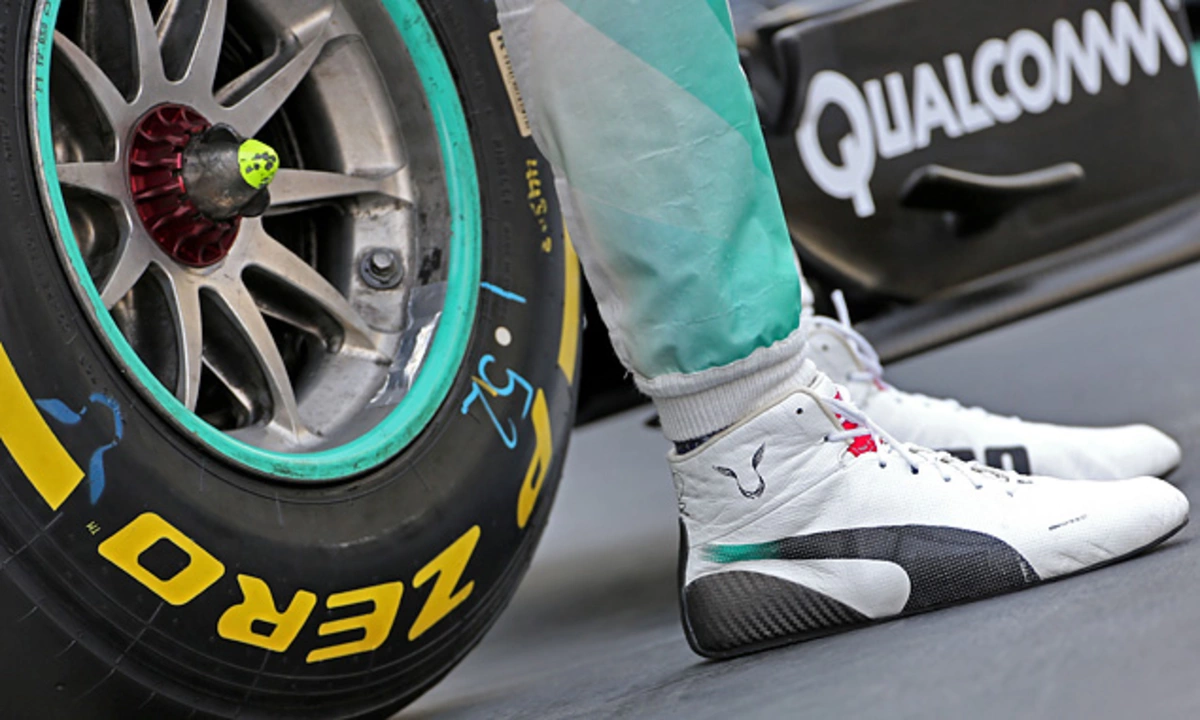In my latest blog post, I've been discussing which F1 driver has the coolest racing boots/shoes. After taking a closer look at various drivers and their unique footwear choices, I've concluded that it's quite a tough competition. Some standouts include Lewis Hamilton's vibrant and eco-friendly designs, as well as Lando Norris's funky and colorful shoes. While it's difficult to pick just one winner, I must say that Hamilton's commitment to sustainability and style gives him a slight edge. However, I encourage you all to check out the full post and decide for yourself who you think has the coolest racing boots in F1.
Racing Shoes: How to Pick the Right Pair for Speed and Comfort
Ever wondered why pro riders swear by specific shoes on the track? It’s not just about looking cool – the right shoe can boost grip, protect your feet, and let you focus on the race. In this guide we’ll break down what makes a good racing shoe, what to check before you buy, and a few tips to keep them in top shape.
Fit and Feel Matter Most
The first thing to test is how the shoe fits. You want it snug enough that the heel doesn’t lift, but not so tight that it pins your toes. A good rule of thumb is to wear the socks you’ll race in, then slide the shoe on. If you can wiggle your big toe a little, you’re probably in the right range. Remember, a shoe that’s too loose can let your foot slide around, reducing control when you brake or shift.
Material and Grip: What to Look For
Most racing shoes use a mix of synthetic leather, mesh, and carbon‑fiber inserts. Synthetic leather gives a smooth surface for the pedals, while mesh keeps the foot cool. Carbon‑fiber or reinforced rubber plates on the sole add stiffness, which translates into better power transfer. The sole pattern is also key – a tread designed for slick track surfaces will grip the pedal better than a plain rubber sole.
Another factor is the sole’s flexibility. For road racing, a slightly more flexible sole can help absorb bumps, but for track use you’ll want a stiffer plate to keep every pedal stroke efficient. Look for shoes that advertise “stepped outsole” or “plate technology” if you ride on the circuit.
Safety Features You Can’t Skip
Racing shoes aren’t just about performance; they’re about protection too. Reinforced toe caps and ankle support can save you from bruises after a crash. Some models include a quick‑release buckle or Velcro strap for fast removal – handy if you need to get to the medical team quickly.
Also check the shoe’s breathability. A hot foot can lead to blisters, and a sweaty foot loses grip on the pedals. Look for ventilation holes or moisture‑wicking linings. Many top brands now offer antimicrobial treatments that keep the inside fresh even after long practice sessions.
Maintaining Your Racing Shoes
Keeping your shoes in good shape is simpler than you think. After each ride, wipe the exterior with a damp cloth to remove dust and oil. Let them air‑dry – never toss them in the dryer, as high heat can warp the sole plate. If the soles get scuffed, a gentle sandpaper rub can restore the tread pattern.
Store the shoes in a cool, dry place away from direct sunlight. Sunlight can weaken the synthetic materials and cause the color to fade. If you have multiple pairs, rotate them so each pair gets a chance to breathe between race days.
Choosing the Right Pair for Your Discipline
Not all racing shoes are created equal. Track riders often pick a shoe with a very stiff sole and minimal padding for maximum power transfer. Road riders may lean toward a shoe with a bit more cushioning and a flexible toe box for comfort over long distances. If you do both, consider a hybrid model that balances stiffness and comfort.
Budget matters too. You can find entry‑level shoes for under £100 that still offer decent grip and protection. High‑end models from premium brands can run £300 or more, featuring carbon‑fiber plates, custom molds, and advanced sole patterns. Decide how often you ride and what level of performance you need before splurging.
Final Thoughts
Picking the right racing shoes isn’t rocket science – it’s about fitting, grip, safety, and care. Try a few pairs in the store if you can, or buy from a retailer with a good return policy so you can test them on the track. With the right shoes on your feet, you’ll feel more connected to the bike, boost your confidence, and maybe shave a few tenths off your lap time. Ready to upgrade? Grab a pair and feel the difference on your next ride.
